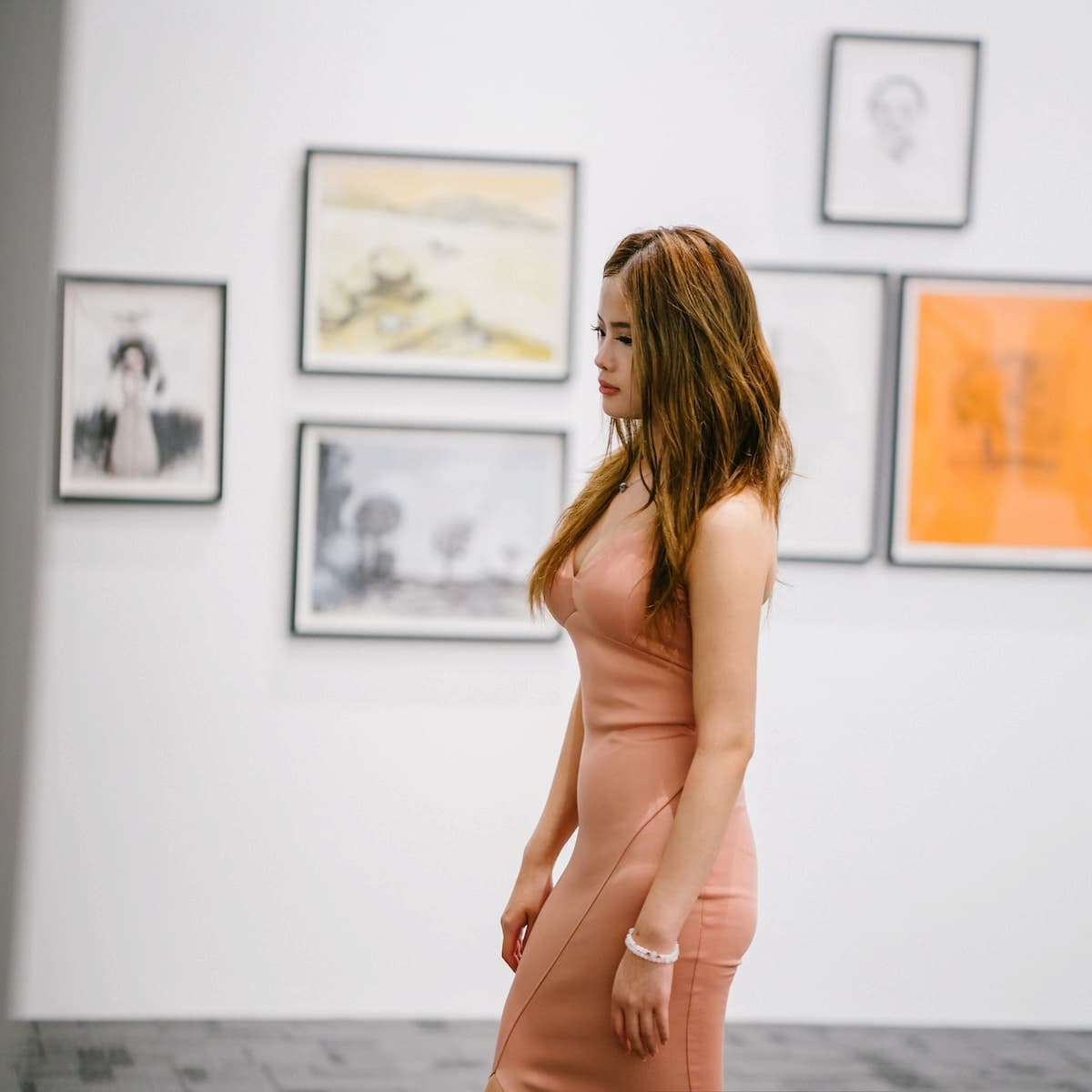Learn details of the role and learn about elements to become a professional in the area
The term “arts curator” is designated for someone who is responsible for selecting works of art that make up an exhibition. The term gained notoriety in the years 50, decade in which the arts began to gain identification beyond the individual artist and began to be recognized within a context and a space, like the art exhibitions, for example.
It is at this time that critic Bruce Altshuler defines it as “the rise of the curator as creator”. Exhibitions and art curators began to play a fundamental role in artistic expression.
Today, with the totally globalized and digital world, the profession has undergone some changes, the curator has become the main bridge between artists and artistic spaces. He is also responsible for building the narrative within an exhibition through the works.
In the same way that these professionals are responsible for more technical functions, as an organization, development, exhibition management and production of the exhibition record, either in the form of a physical or digital catalog.
Curator Thierry Freitas believes that today theoretical training is essential within the profession, but that maintaining interest in art and making frequent visits to exhibitions is also a fundamental role of the art curator.
How to become an arts curator?
To enter the arts market, it is essential that the interested party has artistic and cultural background. Knowing the historical importance and value of the pieces are essential points for a good professional in the field.
Cultural baggage gives freedom and ease when thinking about the context of an exhibition. Knowing how to interpret what the artist wants to say and recognize the value, cultural and economic, of a given work is an important point to enter the area.
In the theoretical part, arts courses and also the less obvious, like history, anthropology and architecture, can be a differentiator when thinking about building an exhibition. In addition, to consolidate in the area, knowledge in marketing and economics are also desired.
Sign up to receive Event News
and the Universe of Arts first!
to the area, any experience and experience are taken into account. Organizing exhibitions and events independently is extremely interesting for the market, as well as volunteer work in museums and galleries.
Finally, having knowledge of conservation of works is vital for the success of a professional in the area. The curator is also responsible for the integrity of the exhibition's collection.; therefore, prior to installation of creations at the designated location, it is important that the curator checks and, when needed, adapting and fixing problems, like moisture, exposing the artwork to the sun and other weather conditions.
In addition to the direct monitoring of the curator with the installation team, ensuring the use of EPIs suitable for workers, valuing the safety of employees and maintaining the integrity of the works.

Text prepared by the Conversion team +.
